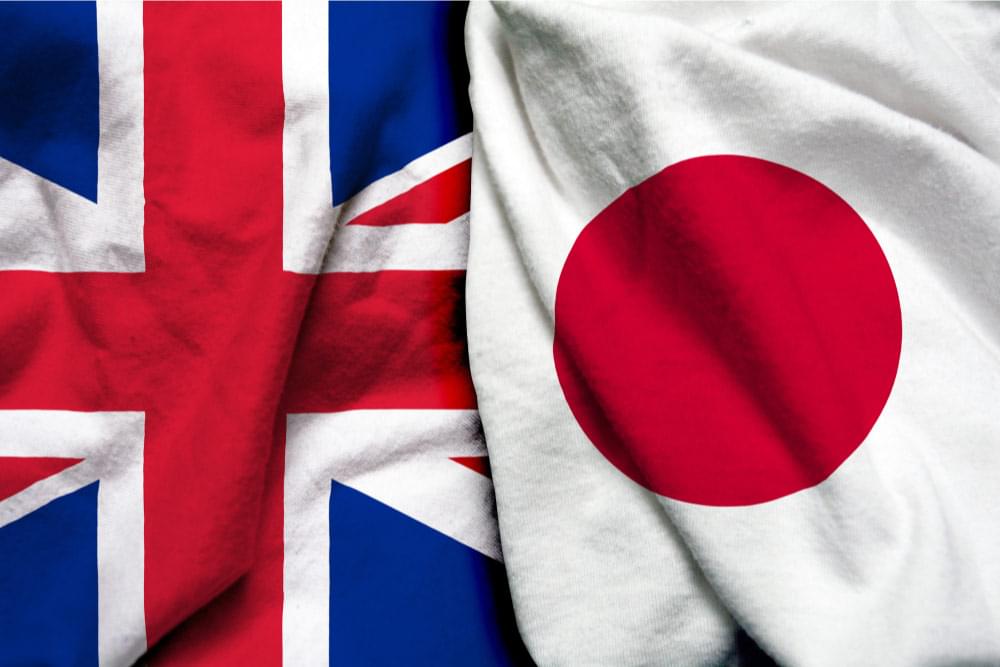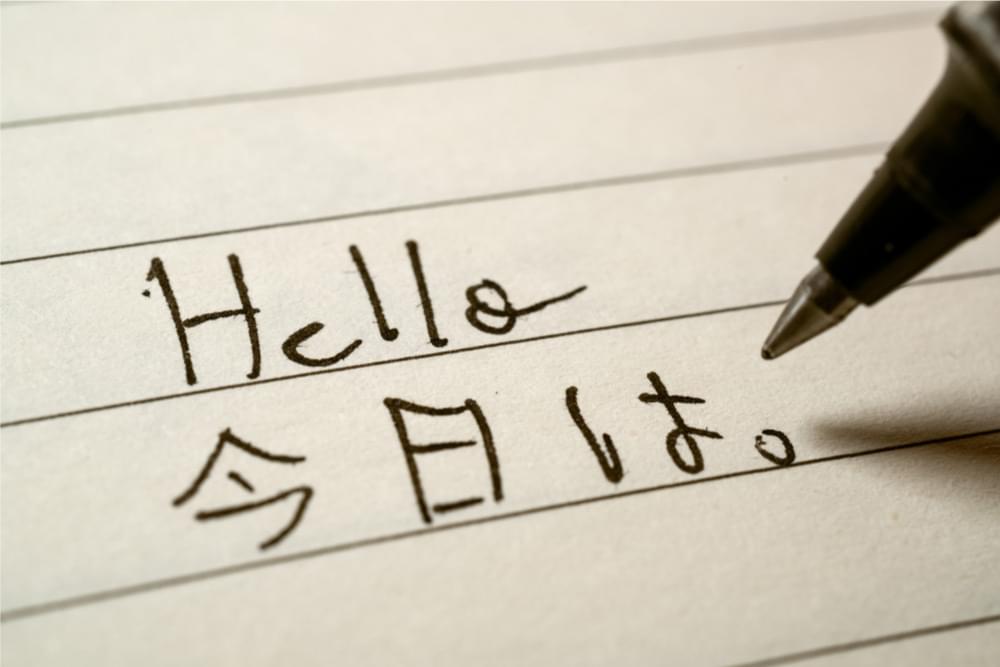voice technology tutorials
Challenges in translating English to Japanese or vice versa!
Translation from English to Japanese or vice versa is more complex than it seems. It is more than just a variation in vocabulary between dialects; it can involve social and phonetic categories. Online tools and apps have trouble translating Japanese to English because it needs both language skills and cultural understanding to get the meaning right. Some common challenges in translating between Japanese and English include:
Table of Contents(TOC)
- The Complexity of Japanese Composition Systems
- Cultural difference
- Grammatical differences
- Levels of politeness and honor
- Literal vs. Home grown/Slang translation
- Tools and time in translation
- The one solution-boast English-Japanese translation with WebsiteVoice
- Conclusion
1# The Complexity of Japanese Composition Systems
One of the most critical conditions for Japanese interpretation is the complexity of its different structures. They use different scripts that are hard to understand for people who don’t know much about the Japanese language. The Japanese now use three scripts:
Kanji:
Kanji is made up of characters inherited from Chinese and can refer to complete concepts or thoughts.
Hiragana & Katakana:
Hiragana and Katakana are phonetic scripts used for features like borrowing from other languages.
It’s important to know which script is used and why when translating Japanese text into English.
A scripting style expresses a specific tone or mood that is difficult to duplicate in English. WebsiteVoice can help you translate most seamlessly as per your understanding.
A term written in Kanji may be more overly formal than the same word written in hiragana, which may be friendlier. Translators need to pay attention to these differences, which can be challenging because there aren’t exact English words or phrases with the same meanings.

2# Cultural differences
Language and culture have an unbreakable bond, no separation and this is especially true for Japanese. Many Japanese words and concepts depend on social norms that lack direct English equivalents.
Take the phrase “wabi-sabi,” which highlights imperfection and short life. No single English word fully captures this idea, which makes it hard to convey the entire meaning in translation.
If we miss these small details, the translation might be accurate in language but lose its cultural meaning, leading to misunderstandings. Successful translation, therefore, hinges on understanding the cultural context and subtleties that give the Japanese its unique richness.
3# Grammatical differences
Another interesting expression is the distinction in linguistics or literature between Japanese and English. Japanese usually follows the Subject-Object-Verb (SOV) order, whereas English follows the Subject-Verb-Object (SVO) structure. For example, the Japanese sentence “立でりんごこまますます” (Watashi wa ringo o tabemasu) means “I ate an apple” in English. Here, “ringo” means “apple,” “tabemasu” means “ate,” and “Watashi” means “I.”
With lengthier sentences, these kinds of phrases get more complex, and the translation can lead to different wrong meanings. Furthermore, the Japanese frequently need to pay more attention to the issue when read out of context, which no longer works in English. Interpreters must collect the correct information and provide it in an easy-to-understand English format.
The way a sentence is said in Japanese can change based on who is speaking and who is listening. This makes it hard to translate accurately into English. Japanese often hints at things without saying them directly, so translators need to guess the meaning from the context. This can make translations unclear or lose meaning, as English usually prefers clear and direct statements.
4# Levels of politeness and honor
Japanese uses honorifics and levels of politeness that are essential for showing respect and indicating social relationships. These honorifics can change the meaning of a sentence depending on who is speaking and who is being spoken to.
For example, “食べます” (tabemasu) expresses politeness, while “食べる” (taberu) is more casual. English lacks these subtle distinctions, so interpreters must carefully choose how to convey respect and formality. As a result, translations can sometimes come across as either too formal or too casual based on the context.

5# Literal vs. Homegrown/Slang translation
One of the most challenging aspects of translating from Japanese to English is distinguishing between a complex interpretation and a more personal interpretation. A precise interpretation may stick to the specific Japanese vocabulary and shape, although this can result in approximately imbalanced or unrealistic English sentences. However, a more well-known homegrown translation might combine rephrasing or even altering the original text to make it more readable for English-speaking readers.
Common phrases no longer translate well. For example, The Japanese phrase “猿も木から落るる” (saru moment ki kara ochiru) means “indeed monkeys drop from wooden,” symbolizing that everyone makes mistakes. Only a legitimate Japanese interpreter is able to indicate that and the right terms; otherwise, it’s most likely read as “Indeed, experts make mistakes.”
6# Tools and time in translation
With the appearance of the interpretation era, frameworks like English to Japanese interpreters and apps can be supportive, but they could be better. These devices routinely struggle with the complexities of Japanese, especially with setting, tone, and social complexity. At the same time, they will be valuable for fast interpretations. They frequently fall flat to give the most exact interpretation that comes about in expressions of Japanese.
English translations often need adjustments to capture Japanese formality or the right Kanji meaning. Automatic translations can miss important details and turn detailed sentences into simple phrases. Human interpreters are needed to ensure translations are accurate and culturally appropriate.

WebsiteVoice: Your Solution for English-Japanese Translation
Wanna boost your English to Japanese translations? Start using WebsiteVoice.com
Powered by Our Advanced Text-to-Speech Tool. as your go-to language partner, a solution! to effortlessly translate and pronounce texts in both English and Japanese!
With WebsiteVoice.com you can quickly learn how to say certain words or the phrases you want to say.
For example:
Say like 元気ですか? which means How are you? Through WebsiteVoice.com, you can easily pronounce it as Genki-desu-ka after hearing through our excellent Text-to-Speech toolkit.
Conclusion
Translating between Japanese and English is complex because it requires deep understanding of both languages and their cultures. Differences in language structure and social context create challenges for translators.
Tools and devices can greatly help in making translations smoother. For example, WebsiteVoice offers multiple languages to help achieve accurate translations. Whether you’re translating from English to Japanese or Japanese to English, these issues can come up. Using various online tools can help address these challenges effectively.









